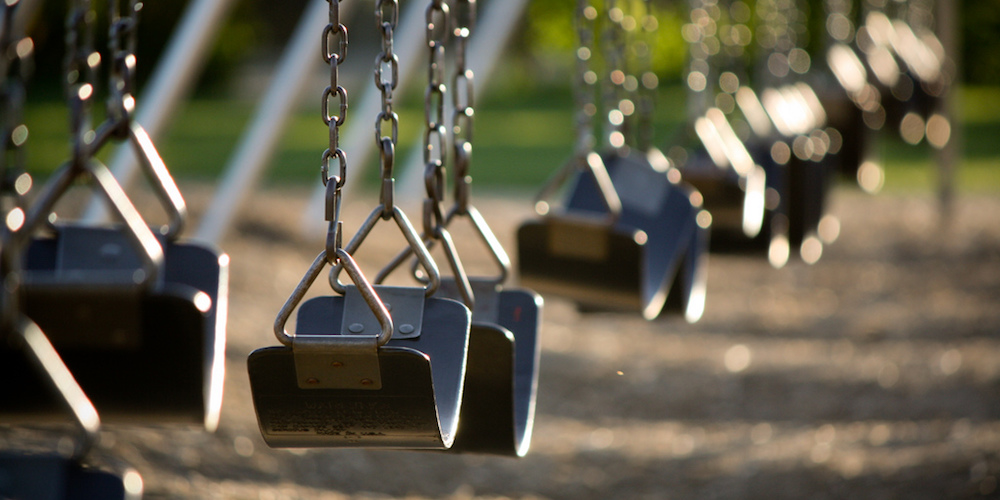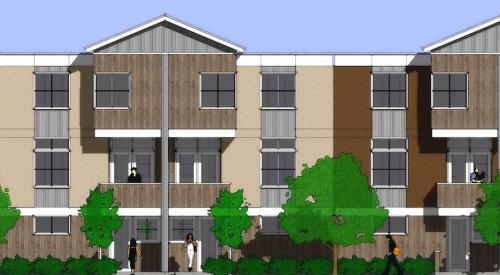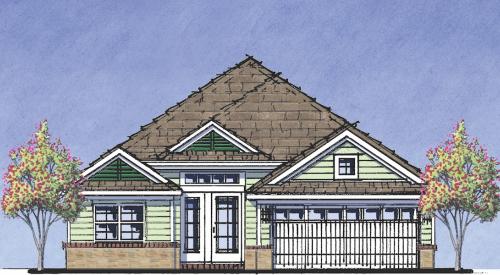Local governments often charge builders of residential developments impact fees, which help to pay for infrastructure associated with children entering the public education system.
Builders have an interest in making sure that the number of school-age children in new developments is accurately estimated. Using data from the U.S. Census Bureau’s American Community Survey (2015), NAHB tabulated the average number of school-age children, defined as children between the ages of 5 and 18, in housing units. The results include breakdowns by the type of residential unit, such as single-family detached and multifamily, as well as by household characteristics, such as mobility and tenure.
The most prominent finding from the report is that, on average, there is less than one school-age child per housing unit in the U.S.—approximately 41 children per 100 housing units (all occupied and vacant units).
Other findings from the analysis:
- Owner-occupied units have fewer children than renter-occupied units: There are 45.6 children per 100 owner-occupied units compared with 49.6 children per 100 renter-occupied units.
- For most residential types, there are fewer children among households moving into new construction compared with those moving into existing units. Newly constructed single-family attached units have an average of just 30.2 children per 100 units, compared with 45.2 per 100 existing units. Newly constructed multifamily developments have an average of 21.9 children per 100 units, compared with 26.3 per 100 existing units.
- Multifamily units with one bedroom or fewer have the least number of children compared with multifamily units that have more bedrooms: There are 7.7 children per 100 one-bedroom multifamily units, and 71.6 children per 100 three or more bedroom multifamily units.
On average, states in the Northeast region have fewer children per housing unit. Vermont and Maine have the fewest, at 25.8 children per 100 housing units, followed by the District of Columbia, which has just 26.5 children per 100 units.
South Dakota has the lowest average number of children in multifamily units (13.9 per 100 units), followed by Montana (14.4), and North Dakota (15.8).
(Click charts to enlarge)














